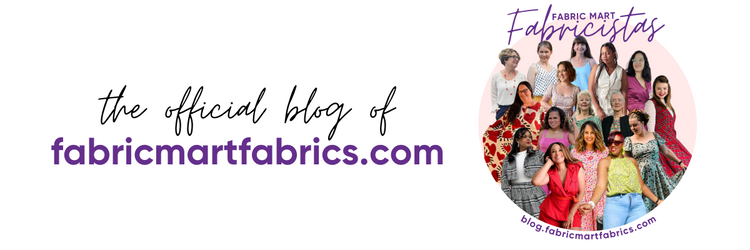Now this is awesome!
I stumbled upon Victory Pattern's blog while admiring their patterns and
I stumbled upon Victory Pattern's blog while admiring their patterns and
found this tutorial on how to make your own custom clothing labels.
I just had to share!
So today we welcome our guest blogger, Kristiann from Victory Patterns.
I just had to share!
So today we welcome our guest blogger, Kristiann from Victory Patterns.
Add an extra touch of class to your hand made item by making your own clothing labels! Making tags is quick and easy, all you need is a photocopy version of your own logo, name or artwork, and a few supplies.
Make sure that your artwork or text is in mirror image to the original format.
These tags use a chemical called xylene from blender markers to dissolve photocopy toner onto fabric. When the toner is transferred onto natural fibre, it creates a wash-fast transfer. You can expand on this idea and transfer images to clothing!
Materials List
Photocopy of logo or your name in mirror image
100% Cotton fabric or 1″ twill tape
Xylene blender marker from your art store
Scotch tape
Thread
Tape down your fabric or twill tape. Place your paper tag face down so the writing faces the fabric. Make sure to position it so it is centered.
Now comes the fun part! Take the xylene marker and using pressure, colour in all over the back of the tag. Keep on using pressure until you have transferred the toner. Use in a well ventilated area.
Carefully peel away one side of the paper. Check to see if you have made a good transfer. If the image is still faint, tape it back down and reapply the marker.
Now pull up the paper. The fabric will be wet with xylene, just let it evaporate
To make your fabric into a tag press the top and bottom edges of your tag. Topstitch the edges. Now fold and press the sides. Pin the tag onto your garment and sew along the pressed edge.
Voila! Custom made clothing labels!
Thank you, Victory Patterns!
Check out their other wonderful posts on their blog here: http://www.victorypatterns.com/blog/
Check out their other wonderful posts on their blog here: http://www.victorypatterns.com/blog/









Thanks for this! I can't afford to buy custom labels yet, so this will be a great money-saver for me!
ReplyDelete-Jules
Love this!!!
ReplyDeleteWe have bought custom labels before (embroidered) and I honestly think these labels are much more appealing, and the cost doesn't hurt either!! This is also a great idea to use for wash instructions on fabric that won't itch! Thanks so much for this post!
ReplyDeleteIt should be noted, though, that xylene is toxic and flammable - it's found in gasoline, paint thinners, etc. OSHA has guidelines about xylene usage: http://www.osha.gov/SLTC/healthguidelines/xylene/recognition.html
ReplyDeleteThe reason I'm posting this is that xylene is not just problematic because of its fumes. It is specifically a skin irritant, and it's not clear that those irritants disappear completely in the wash. Anyone with sensitive skin should take caution when using this method. I personally wouldn't use it for children's clothing. Sure, the amount of xylene used per label is minimal, but if you make all your child's clothing and label them this way, that adds up to a lot of potential exposure.
Just a thought.
Thanks Kristiann. Great tutorial and very cost effective. I can't wait to try it.
ReplyDelete